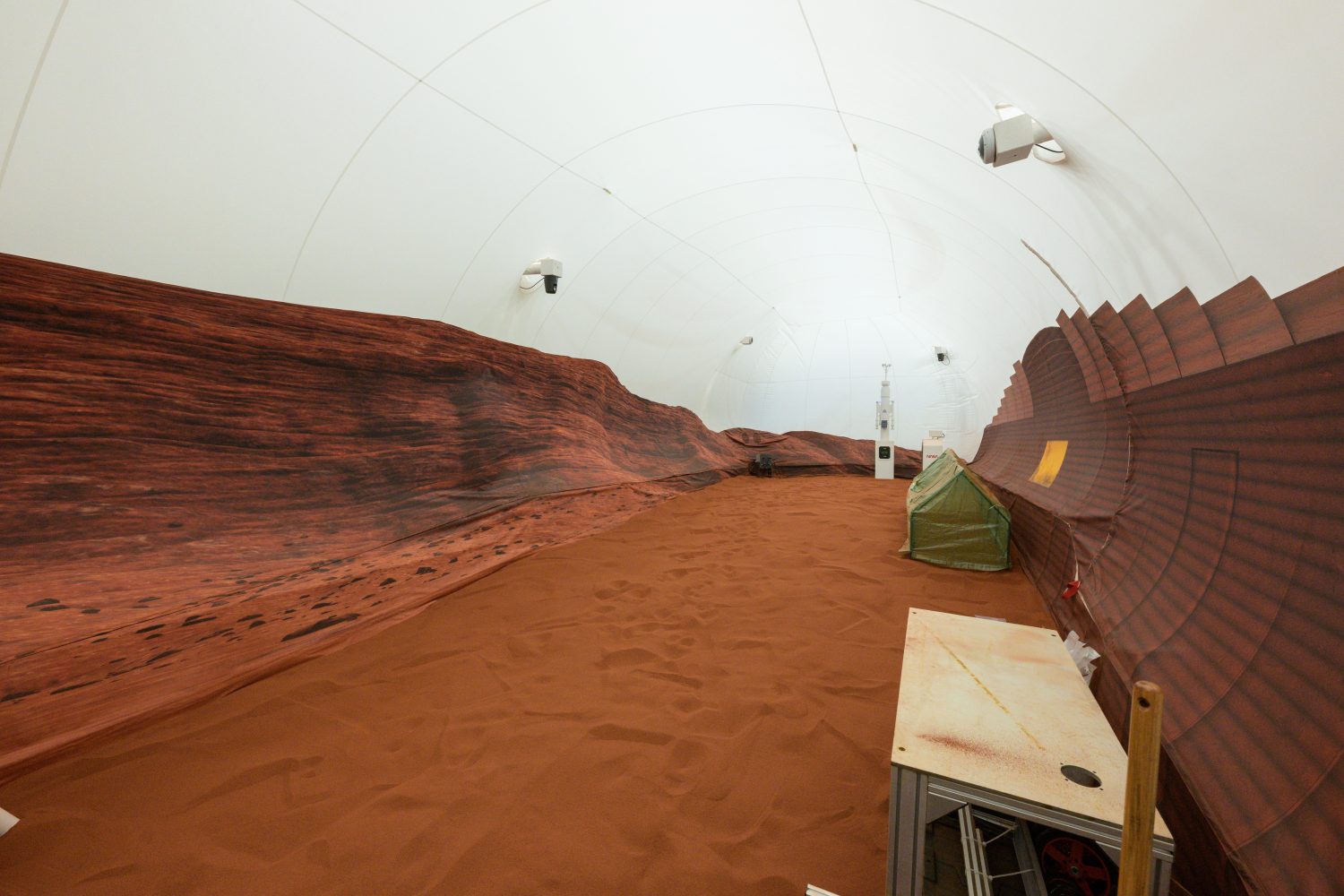
Four volunteers have embarked on a one-year mock mission to Mars at NASA’s Johnson Space Center in Houston. This is the first of three-year-long missions, which are part of NASA’s Crew Health and Performance Exploration Analog, or CHAPEA. Mission 1 commenced on June 25.
NASA’s CHAPEA missions aim to replicate the conditions of living and working on Mars, providing valuable insights into the challenges future astronauts may encounter during extended space missions.
The crew members are currently inhabiting a specially designed 3D-printed 1,700-square-foot habitat. The primary objective of CHAPEA is to simulate the realities and obstacles that would be faced during a human mission to Mars.
By recreating scenarios such as limited resources, equipment failures, communication delays, and various environmental stressors, researchers aim to gather crucial cognitive and physical performance data. NASA hopes this information will provide essential insights that will enhance crew health and optimize performance during long-duration missions to the red planet.
“The simulation allows us to collect cognitive and physical performance data to gain further insight into the potential impacts of long-duration missions to Mars on crew health and performance,” said Grace Douglas, the principal investigator for CHAPEA. “Ultimately, this information will help NASA make informed decisions to design and plan for a successful human mission to Mars.”
NASA’s commitment to exploring Mars aligns with its broader vision for the future of space exploration.

The agency is currently focused on establishing a sustained presence on the Moon through the Artemis program. The knowledge gained from lunar missions and activities will play a crucial role in shaping the first human expedition to Mars.
The selection process for CHAPEA mission participants began with NASA’s 2021 call for applicants. The four individuals chosen for Mission 1 possess a combination of skills, experience and resilience set forth by the agency that are necessary to endure the physical and psychological demands of living in a simulated Martian environment for an entire year.
The accomplishment of the CHAPEA mission hinges significantly on the unique expertise and contributions brought forth by Commander Kelly Haston, Flight Engineer Ross Brockwell, Medical Officer Nathan Jones, and Science Officer Anca Selariu, as carefully selected by NASA.
Entrusted with the responsibility of navigating the challenges presented by the simulated Martian environment, these four chosen individuals possess a wealth of specialized skills and profound knowledge.
Join our Discord Server: Join the community with forums and chatrooms about space! Also, directly support us via a Server Subscription!
It is with great anticipation that NASA expects their collective proficiency to yield substantial advancements in our understanding of crew health and performance during extensive space exploration ventures.
NASA’s CHAPEA mission represents a leap forward in our understanding of the physiological and psychological impacts of extended space travel.
The agency hopes insights gained from this simulation will help support the future design and planning of human missions to Mars, ensuring the safety and well-being of astronauts as they venture into the unknown.
FTC: We use income earning auto affiliate links. More.


Comments